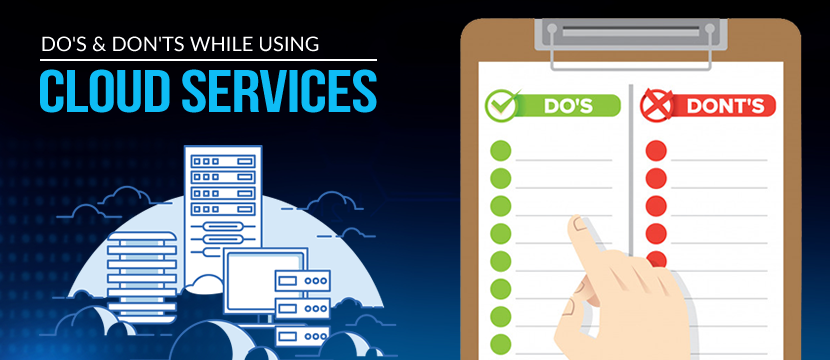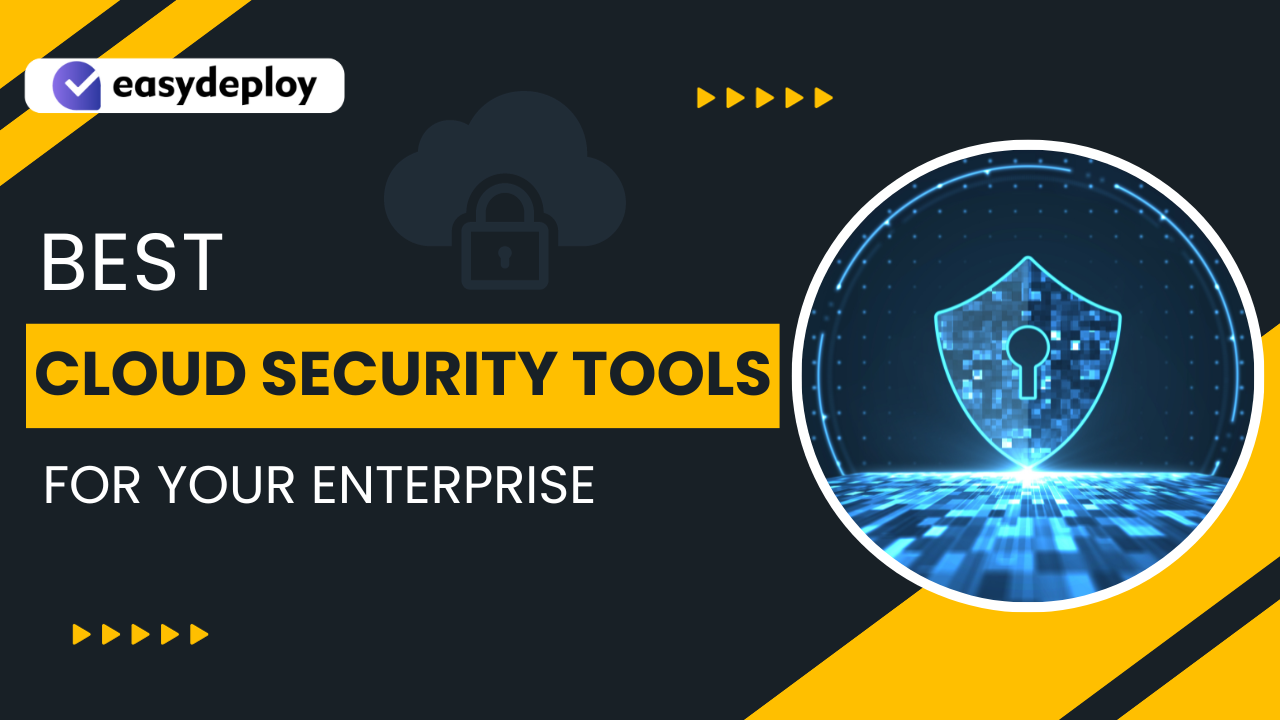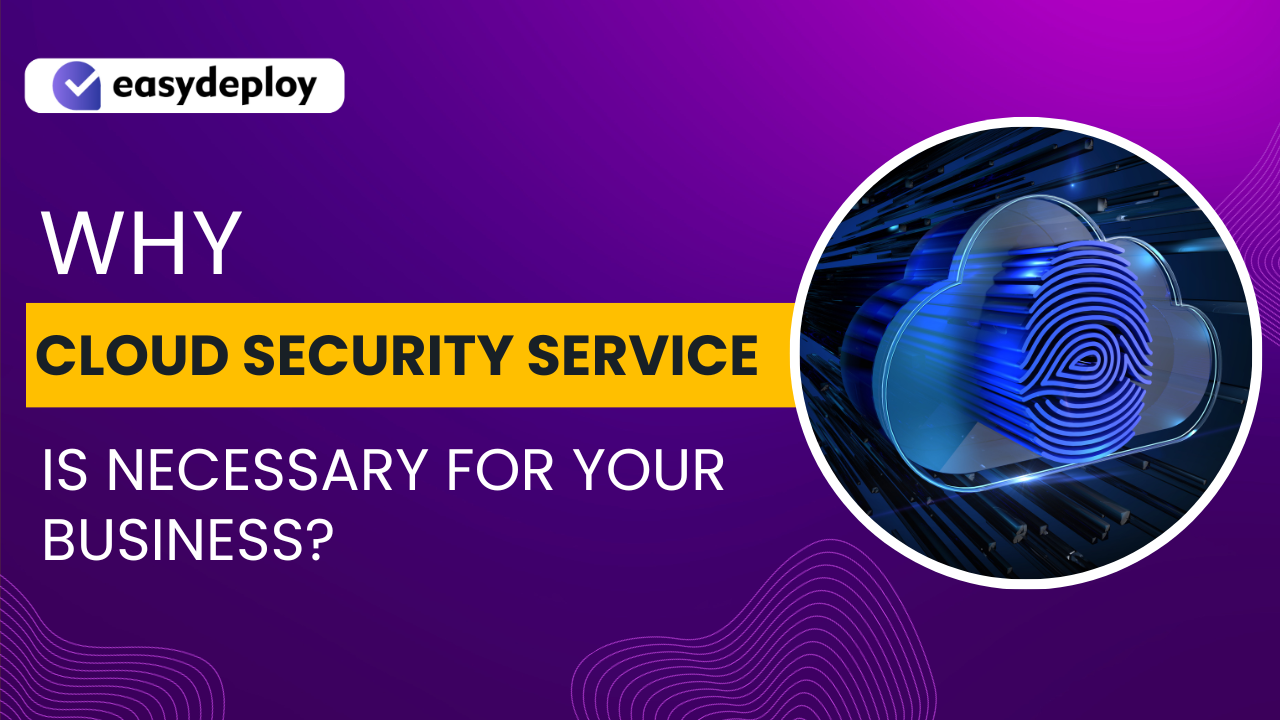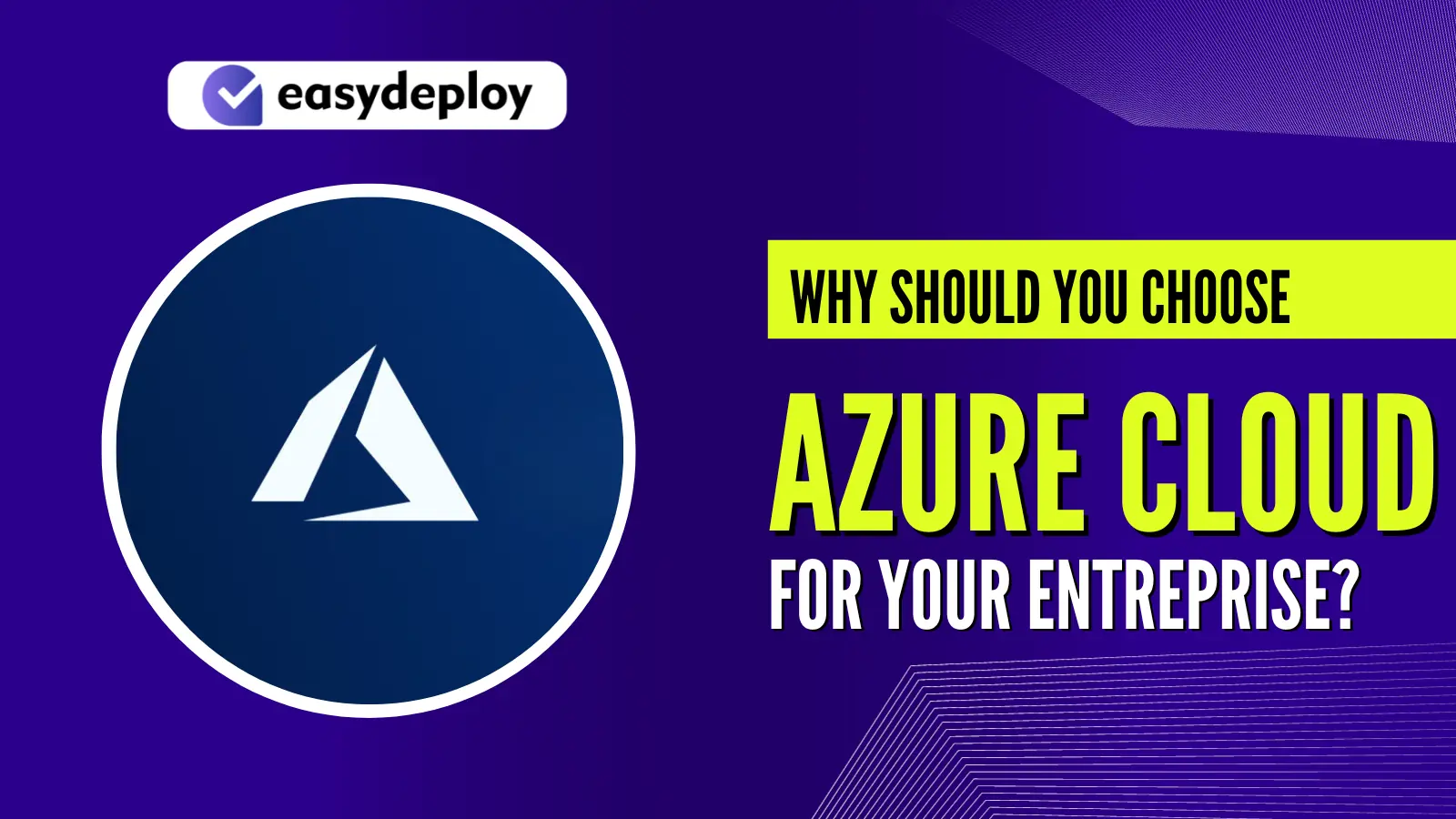With time, the digital transformation has emerged as an essential factor for every business. Every business is now shifting towards digital transformation and has started using cloud services. With this, cloud computing and cloud adoption begin to increases. By using cloud computing services, a business can easily attain a better growth factor.
Besides, cloud computing’s reliability, scalability, higher flexibility, and more are some significant factors making it popular. So, if you are planning to move to this platform, it is important for you to understand the do’s and don’ts of cloud computing. In this article, we will discuss some major do’s and don’ts that you should keep in mind while using cloud services. However, before going into that, let’s know what cloud computing is and why should you choose this.
A basic idea about cloud computing
Obtaining some basic ideas about cloud computing before learning the do’s and don’ts of cloud computing will help you a lot in the process. Speaking about cloud computing, it is an advanced process of keeping and accessing programs and data through the internet. When using cloud computing, a business doesn’t need to use their own data servers or software.
All the tasks are carried on the cloud. The platform covers three major services. These are Platform as a Service, Software as a Service, and Infrastructure as a Service. However, there are some companies who are hesitating to choose cloud computing. If you are one of them, then here are some benefits of cloud computing that you can consider.
One who is new to AWS, may confuse with the long AWS services list. So, here we bring a list of most popular AWS services that you should start with!
Some significant benefits of using cloud services
1. Better Security
Various studies claim than more than 94 percent of companies witnessed a significant security improvement with cloud computing. Besides, 91 percent of them said the platforms help them to meet various compliance requirements. Cloud platform encrypts your data and keeps them highly secure.
2. Higher flexibility
Cloud computing provides the business with an impressive level of flexibility, better than the local servers. Besides, in the future, if you require more bandwidth, the platform can instantly mee that demand. There is no need to update your existing IT infrastructure for this.
3. Cost-saving option
Have you ever heard about “Pay as you go system”? Well, that means you only need to pay for the storage space and services that you are using. That means you will not face any unnecessary expenses.
4. Faster data recovery
Cloud services offer speedier data recovery. In fact, in the cloud, the process of disaster recovery can take up to four hours. So, with such quick data recovery, you can keep your business running smoothly.
5. Better quality control
In the cloud, all the data are kept in a single platform, and everyone can easily access the information. By using cloud services, you can avoid human errors and maintain a perfect level of data consistency.
It is not difficult to start a career with AWS. If you are a beginner, read our previous blog to get started with AWS with 12 easy steps.
Exploring the cloud do’s and don’ts
To enjoy all the above-mentioned benefits, it is essential to know about the cloud do’s and don’ts. In fact, having sufficient knowledge about this can help your business in different ways. So, let’s get started with it by understanding the Do’s.
Do’s of using cloud computing
1. Do test the pain points or your limitation
Moving to the cloud and using cloud services is good, but doing this without understanding the platform can lead to severe troubles. So, before taking your steps towards the cloud services, understand whether this can solve your current business requirements or not. Adopting the cloud can take a long time, and sometimes, you may face failure. So, keep yourself ready for this too. Besides, always keep some migration strategies prepared for it.
2. Do analyze different cloud computational models
One of the major do’s of cloud computing is understanding the various cloud computing models. Get to know about them in detail and analyze which one will match your business requirements. While using cloud platform, you will come across four deployment models.
These are Community, Private, Hybrid, and Public. Apart from the deployment, you need to understand about cloud service models. For cloud computing, three major models are used, i.e., PaaS- Platform as a Service, SaaS- Software as a Services, and IaaS- Infrastructure as a Service. Know everything about these models.
3. Do use the seasoned experts’ services
When you are working with a seasoned cloud expert, you will not face any issue in the process of using cloud services. Even though cloud computing doesn’t require any type of physical storage or hardware, it does require cloud experts. In this current time, the top cloud service providers are IBM, Amazon Web Services, and Microsoft Azure. However, most of the companies prefer to go with Azure and AWS. However, while choosing one, make sure that the cloud service provider can match your requirements.
4. Do extensive research to know the credibility of the service provider
It is not a good idea to completely trust a cloud services provider until you have personally tried the services. So, while choosing one, ask them a few questions. For example, can their experts solve the issues? How much time does it take to get IT to support?
Besides, you can verify the service provider’s compliance with the global standards to their procedure for data handling. Remember that choosing the best one is not a good option to attain success. The vendors should treat your data as an important asset. Shifting and using cloud computing services should be based on agile methods, AI integration, and customer experience.
5. Do employ the method of automating testing
Before you release the application, and it moves to the cloud, it is quite important to test the performance and assesses the issues. During the production time, some of the performance issues are missed. So, in the future, when people will sue it, they will encounter bugs and other issues. You can prevent it by automating the testing process. You can deploy some automation tools and boost productivity by lowering the test cycle time.
6. Do use containers
Speaking about containers, they help in componentize the applications. It is quite easy to deploy container-based software or application, and there is no need to worry about storage CPU and memory. While using cloud platform, make sure that the platform has containers.
Planning to migrate your cloud infrastructure to AWS? Check out these simple steps for AWS migration.
Don’ts of using cloud computing
1. Don’t forget to consider the security
It’s up to; you can take your entire business to the cloud platform or some parts of it. But in both to the processes, the security should be your major concern. Carrying out automated testing before using cloud services will definitely help in identifying the issues. Security is an important part of such testing, and it is quite crucial to expanding it to the organization as well as DevOps tools. While hiring the cloud vendor to discuss the compliance and security requirements in detail.
2. Don’t transfer all the applications to the cloud platform
It has been observed that most companies prefer to send all their applications to the cloud platform. But remember that this could be a wrong move. Always prefer to keep some files and applications in traditional data storage units. So, in case of any emergency, you can use them.
Besides, the applications developed using conventional techniques may require considerable modifications to get integrated with the cloud servers. They may not work properly with the cloud. So, it is advisable to take help of experts who can suggest you the best options for using cloud services
3. Don’t remain on one type of cloud platform
Don’t just stick with a private cloud or public cloud. You can use both the platform at the same time. Just check for the security issues, and you are ready to go. With different types of clouds, you can create multiple backups, and you will never lose your data. Well, when it comes to pricing, you can be a little selective.
4. Don’t begin your task with a fixed outcome
In your journey through the clouds, it will be good for you not to start experimenting early. You may face failure during the initial stage, but don’t let that affect the process. Keep testing as you have more applications to be developed and tested. So, don’t work with a fixed outcome and keep it flexible.
5. Don’t forget to consider the infrastructure’s governance
Most of the companies always forget to consider the importance of developing a governance infrastructure. But remember that this can significantly affect the projects, and you may face penalties. Defining governance is a process to track performance, resource allocation, and making the required adjustment to achieve the organizational goals staying under the obligations. Besides, with an ideal governance model, you can secure, track, and manage the resources efficiently.
Want to learn some easy tricks to save on your AWS bills? Check out these top ways to reduce your AWS bill.
Final Words
All the business, starting from small to large, are now using cloud services. A recent study concludes that by the end of 2020, 67% of enterprise infrastructure will be cloud-based. They are now gradually understanding the benefits of using the platform. However, it is also essential to understand the cloud do’s and don’ts. With this, you can keep up with the regulation, lower the disruption, and save you money while enjoying a successful business.










